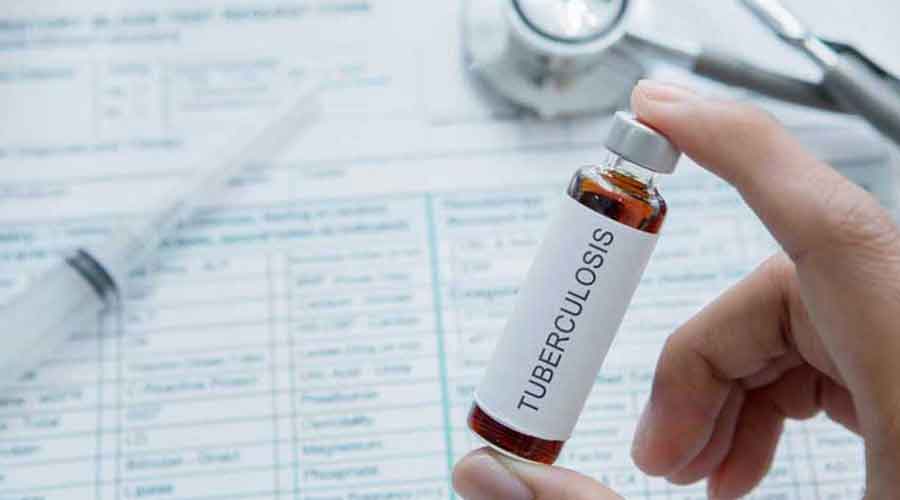Sections of India’s poorest tuberculosis patients had to visit healthcare providers an average 8 to 12 times before they received correct treatment, and more than a third incurred life-changing “catastrophic” expenses while battling the infection, a study has found.
The study has underlined what researchers say are disturbing realities only two years away from India’s goal of “ending” tuberculosis by 2025, set by the Narendra Modi government five years ago.
The National Strategic Plan (2017-2025) to end TB seeks fivefold drops in the incidence and prevalence of the disease by 2025 from 2015 levels. It has also set itself the target of reducing the so-called catastrophic expenses on treatment — equivalent to 20 per cent or more of a patient’s annual pre-TB household income — from 35 per cent of affected households in 2015 to zero by 2020.
The new study, the first in India to explore the economic conditions of TB patients after treatment, used samples of economically deprived households from the general population, urban slum residents, and tea garden workers from February 2019 to February 2021.
It found that 35 per cent of the TB patients from the general population, 38 per cent of the patients among urban slum residents, and 40 per cent of those among tea garden workers had incurred catastrophic expenditures.
“We’ve already missed one of the end-TB plan targets — to reduce catastrophic expenditure to zero by 2020,” said Susmita Chatterjee, a health economist and researcher at The George Institute for Global Health, New Delhi, and the study’s lead author.
Chatterjee and her colleagues, who relied on a nationally representative sample of 705 patients, found that households incurred on average Rs 26,000 to Rs 30,000 per patient despite the free diagnosis and treatment.
These expenses, the researchers say, were catastrophic for many of the sampled households. The study, published in the journal PLOS Global Public Health, found that about 40 per cent of the sampled households had sold or mortgaged gold or jewellery or livestock, while 17 per cent had sold land to meet the expenses of treatment. Some 32 per cent to 44 per cent of the expenses were incurred during the pre-treatment phase when the patients had approached healthcare facilities but were unable to receive immediate treatment because of improper and delayed diagnosis.
The study found that urban slum dwellers visited healthcare facilities an average 12 times before they received correct treatment.
Patients from the general population sample made an average of nine visits, while tea garden workers made an average eight visits. Many patients did get diagnosed and received correct treatment by their first or second visits to healthcare facilities. But one patient received correct treatment after 31 visits, another patient after 25 visits, and a third after 52 visits.
Among the 705 patients, 33 per cent had first sought treatment at government facilities. An equal proportion visited private health facilities while 23 per cent approached chemists’ shops and 5 per cent visited unqualified healthcare practitioners.
“The new findings are disturbing but not surprising,” said Anurag Bhargava, a physician and professor of medicine at the Yenepoya University, Mangalore, who was not associated with the study but has been tracking India’s TB control efforts for many years.
“India needs a pro-poor model of patient-centred care that takes into account the social and economic circumstances of TB patients,” said Bhargava, who had two years ago called for a policy shift focusing on nutritional, financial and psychosocial support to patients.










